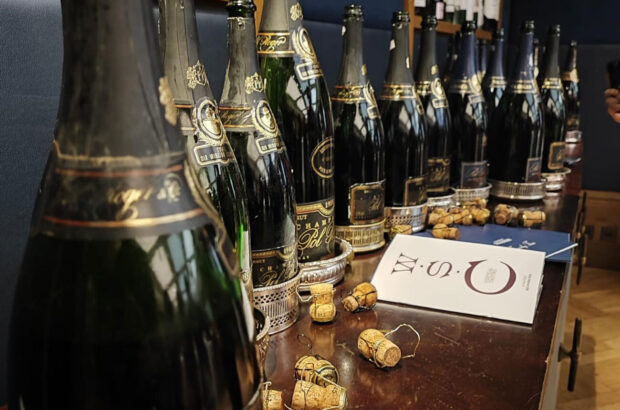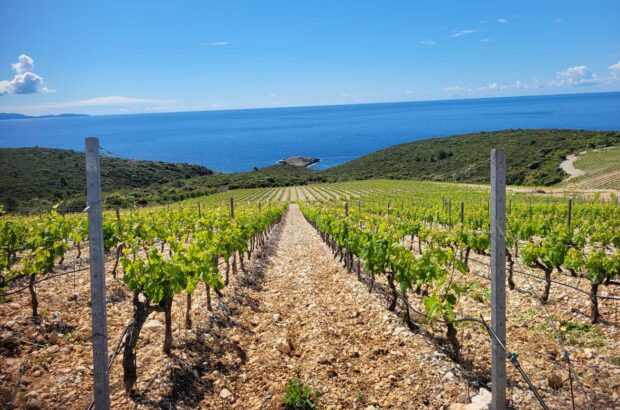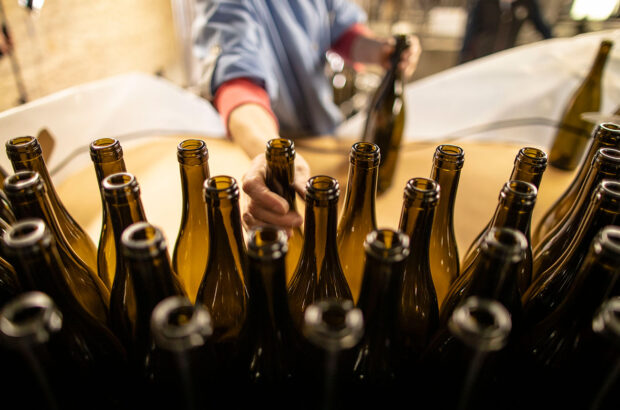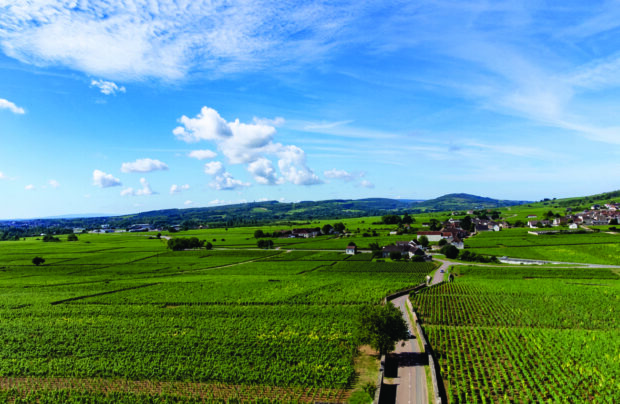Might there be an element of wishful thinking behind the Vinexpo market study’s amuse-bouche showing that the UK has become a nation of wine drinkers? France is after all still the UK’s major supplier of wines and is dominant too in the on-trade, but only just. Its share of the take-home market is rapidly being eroded by Australia as the gap between the two front runners closes. Projecting that we will have doubled our wine consumption over a period of 15 years (by 2005), we deserve a pat on the back for doing our bit, second only to Germany, towards bridging the yawning gulf between production and consumption, estimated at the equivalent of 11 billion bottles of wine.
Is there no stopping worldwide vineyard expansion? Apparently not. With an increase of 8% to 5.84 million hectares since 1994, the trend is set to continue. The difficulty in extrapolating pure growth from figures, however, is demonstrated by the fact New Zealand’s growth rate may be the highest, but its vineyard area is postage stamp sized. In reality, the most significant increases in the next five years will come from countries with massive new plantings of vineyards yet to bear fruit, notably in Chile, South Africa, Australia and California. China too, although in fact only 10% of China’s grapes are used to make wine.
With much new planting coming onstream, it’s hardly surprising that the world will be awash with 10 million extra hectolitres of wine in five years time. South Africa and Chile will be the fastest-growing contributors to the rising wine ocean. Is this a threat to the French? Perhaps, but you can almost hear French lips smacking as they note that the headiest growth in wine consumption is by the Chinese (53%) and Japanese (109%). Despite the potential of countries with a culture based on beer and spirits, the figure is deceptive; after all, wine consumption in Asia is still relatively low at just one bottle to every 15 bottles consumed in Western Europe.
Wine and health
Pointing out that reasons behind rising wine consumption are often specific to individual countries, the report suggests that ‘positive messages about moderate wine consumption and good health have played a major part’, especially in the case of red wine. It attributes the trend (we in the UK now drink slightly more red than white wine) to research linking the consumption of red wine in moderation to healthy living. There are many other factors involved though, not least the growing sophistication of a maturing wine drinking sector and the fact that red wines are increasingly made to be enjoyed younger. And compared to Chardonnay and other whites, red wines are easier for the industry to market. The report is optimistic about the recent emergence of two important groups of new wine drinkers – women and young people – and the effect of the strong export policies of New World producers. That the New World, led by Australia, has taken advantage of European complacency is unquestionably true. The six major New World countries now account for roughly a third of all wines consumed in the UK. Little specific is said about the link between growing wine consumption and women and young people. Indeed Vinexpo’s chief executive Robert Beynat acknowledged that the 18–25 category is turning away from wine in favour of other beverages. This is a serious issue for the future of the wine trade.
Tucked away at the back of the report, the changing patterns of distribution show the effects of the demise of the high street in favour of the supermarket and global supply networks which make Tesco, the UK’s largest chain, look almost puny. The study also points to the mushrooming of the Internet, and its potential. It suggests that because the logistical problem of getting wine to consumers is fundamental, the future success of the Internet will depend ‘largely on the ability of the major distribution chains to market their ranges on the Internet’. This is undoubtedly true, but it also has the potential to create fresh opportunities, albeit in niche markets, for growers currently squeezed off the supermarket shelves to market their wares direct. Statistics are a blunt instrument when applied to a complex and fragmented sector like the wine market. Tempting as it might be to predict that the global wine glut could cause a wordwide catastrophe, the reality is far more complex. The glut is a response to changing patterns of production and consumption in which wine as a commodity is gradually being replaced by wine as a lifestyle product. Inevitably, producers who rest on their laurels will go to the wall. But equally, there will be winners, not least among those of us who enjoy drinking wine.












